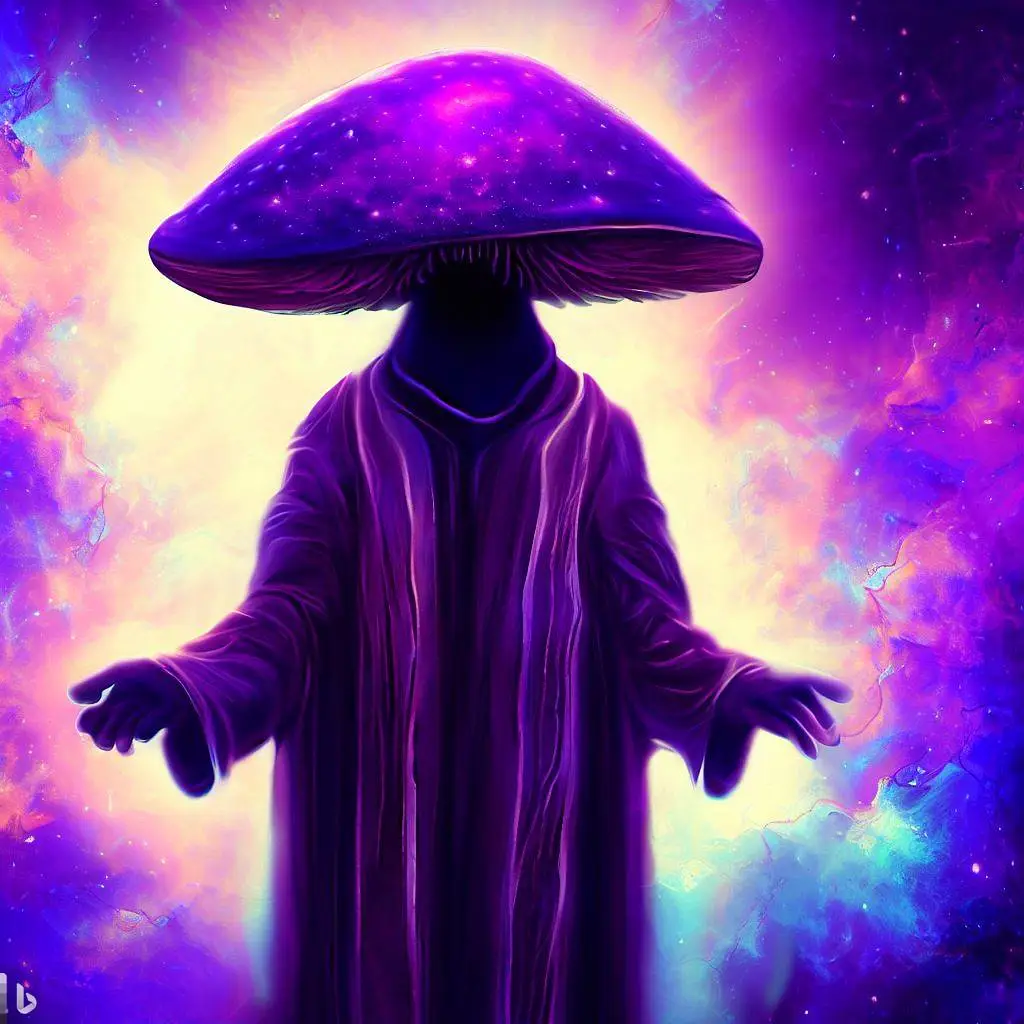Why doesn’t this exist?
Take dried beans, roast 'em, grind 'em, and brew some bean juice?
I have no idea if it would taste good or not, but we don’t know if we don’t try.
Edit: I need to see what dried beans I have and maybe go shopping. I will give this a try with a couple different types of beans and report back if I fart or not.
A lot of things in botany have similar names, but are totally different things. A “strawberry” is a berry only by names (it’s closest relative is the hazelnut, IIRC), a “peanut” is no nut, either.
So it should not surprize when one learns that the Cofea plant is a Rubiaceae family plant, not a Fabaceae/Leguminosae family plant, i.e. what we commonly call “beans” like green beans, peas, or, amazingly, peanuts. It is just called a “coffee bean” because it reminded someone back in time of a bean, shapewise.
The question still stands… Where is my hot green bean juice?!
Have you tried making it yourself? Try roasting and grinding some dried peas or lentils, and report back how you liked that “bean-coffee”. Nobody is going to stop you. Do it FOR SCIENCE!
So if it’s not a bean, what is it? It’s not the fruit, so is it the seed?
It actually is the seed of the coffee plant.
IIRC its more like a pit than a seed, but yeah
A “strawberry” is a berry only by names (it’s closest relative is the hazelnut, IIRC),
Close relatives to strawberries are other similar plants like Sibbaldia. More distantly related are roses and lots of other fruits like raspberries, apples, peaches and so on. Hazelnuts are even more distantly related (not super far, but also not super close). You’re probably thinking of hazelnuts because the small seeds on strawberries are technically nuts.
I stand corrected. Somewhere in the back of my mind I had the idea stored that it is closer to the hazelnut than e.g. apples and peaches. I’ll go and refresh my knowledge at the earliest opportunity.
Nonetheless, it’s not a berry.
but we don’t know if we don’t try
Someone probably already tried. Every time you are asking yourself “am I the first one to think of x?”, the answer is usually no.
Maybe after imperialism / colonialism re: tea and tobacco, folks were less inclined? Or they kept it on the DL.
Less inclined to what, experiment with food? Sounds unlikely to me.
Coffee isn’t a true bean—it’s more closely related to gardenias.
Interesting, but the all-knowing Wikipedia seems to agree with you:
From https://en.wikipedia.org/wiki/Coffee_bean:
Even though the coffee beans are not technically beans, they are referred to as such because of their resemblance to true beans.
I’m still tempted to try this, though.
Do not do this with dried beans. Most dried beans are toxic and need to be soaked and boiled for about half an hour to become edible.
From the Wikipedia page for kidney beans:
As few as five raw beans or a single undercooked kidney bean can cause severe nausea, diarrhea, vomiting, and abdominal pains.
Just to piggyback on this. The simple truth is that lot of things are just called things because they resemble other things, either in form or function.
Coffee is not a bean; beans come from legumes, coffee fruit seeds are roughly bean sized and shaped.
Cacao and vanilla are also not legumes
The peanut is a legume, like beans and peas, but it looks like and is used like a nut. Hence the name.
Cashews are not true nuts. They Grow outside the actual fruit
Nut milk and butter do not come from mammary glands.
Tea is made for the leaves of the tea plant (Camellia sinensis), which is a shrub or small tree, but many infusions of dried plant matter are often referred to as teas. The Tea Tree (Melaleuca) of oil fame is a different plant entirely. It got its name because some sailors made a ‘tea’ from its leaves after they ran out of real tea leaves.
Currants (genus Ribes) are actually named after raisins. Raisins of Corinth were small raisins that were produced and exported from… well… Corinth. Over time ‘Corinth’ morphed into ‘currant’ and then pretty much every small dryable berry like fruit started being referred to as a currant. Eventually, production of the tiny raisins migrated to other parts of Greece and some smart guy thought “Hey! Let’s market these fancy raisins that we are importing from Zante (the greek island Zakynthos) to distinguish them from the common local currants by calling the Zante Currants.
Thank you for adding this. Lots of fascinating info. TIL!
And many “flowers” are not flowers at all. Poinsettia is the first one that comes to mind, but there are lots of them.
coffee is a seed, not a bean, pulse, or legume.
That’s kind of what aquafaba is but you don’t need to grind or roast them, because most times you want aquafaba to be quite thick. I don’t know how often it’s used elsewhere but I know it can replace egg whites in coctails that call for egg whites.
Apparently you can even make meringue with it. Haven’t tried that but I often make mayonnaise with aquafaba.
Because of the taste? While it’s not common to brew a drink with other beans, we eat them all the time, and it’s pretty obvious in doing so that they aren’t flavors that lend themselves to a beverage.
Coffee beans are actually the seed of a more traditional “fruit” (ie, sweet and acidic) rather than a legume like other beans (also technically seeds, but vegetal in flavor, with an entirely different taste and texture). You’re basically just going to get a weak broth from traditional beans.
Similarly, people have tried steeping every type of leaf, plant, and fruit out there in water, but it’s a pretty limited list that remains popularly used for tea, as it’s a pretty limited list (relative to the incredible diversity of plant life) that actually tastes good that way.
People use mushrooms, various roots (like chicory), other fruity seeds, and more to create coffee-like drinks, and/so with the number of people and cultures out there with their own tastes and traditions, it’s a relatively safe bet that if people aren’t drinking it anywhere in the world, it’s because they’ve tried it and it just doesn’t taste good.
We have coffee. We have tea.
I assume humans have run hot water through every conceivable plant grounds to see what it would taste like.
It would suck if poison ivy tea tasted really good
We do in some cases, you’ve basically described hot coca for instance. But yeah, you might be onto something, roast up some kidney beans and see what happens.
Cocoa comes from a seed, not a bean. https://en.m.wikipedia.org/wiki/Cocoa_bean
Beans are a particular type of seed.
Coffee is also a seed, not a bean.
Wait, are cocoa pods beans? What even is a bean?
https://en.m.wikipedia.org/wiki/Bean
Bean is admittedly a bit of a fuzzy term. Coffee beans are not technically beans, and probably wouldn’t be very good in your chili.
Ur a bean
a hooman bean
Instructions unclear, made chili
Coffee beans aren’t beans. There are some beans that are roasted as a substitute for coffee, like the seeds of the Kentucky coffeetree. In times of shortage, people have tried many things to replace coffee, like dandelion and chicory root. For the most part, the substitutes arent as good as the original, so people don’t stick with them. There’s a chance someone has tried to roast and brew pinto beans or whatever, but they probably taste bad.
Coffee wouldn’t be a very popular drink without the caffeine. Find me some caffeinated black beans and I’ll try it your way.
Edit: I need to see what dried beans I have and maybe go shopping. I will give this a try with a couple different types of beans and report back if I fart or not.
Hope you have some alpha-galactosidase at your disposal.
The simplified explanation: A reason beans give some people gas is due to certain types of sugars and carbohydrates they contain. Those sugars are water soluble. Seems like brewing beans would concentrate those sugars and lead to epic tootage.
Also, one method for reducing how much gas that beans cause is to soak them in lots of water. Basically, soak them for up to 8 hours, drain, rinse, and repeat a couple more times. It works on the same principal, that the soaking process will remove at least some of the problematic, water soluble sugars. Supposedly adding a small amount of baking soda helps, too. I’m less certain about that.
Also aren’t kidney beans highly poisonous when consumed dried?
Yes, many beans are, but kidney beans more than most. They need to be soaked and cooked for a significant amount of time to neutralize the toxins.
How bad are the toxins? How sick will they make you?
https://en.m.wikipedia.org/wiki/Kidney_bean#Toxicity
As few as five raw beans or a single undercooked kidney bean can cause severe nausea, diarrhea, vomiting, and abdominal pains.
I think Alton discusses this on Good Eats, and a long soak doesn’t really make a difference (according to him).
He did have a solution, I just don’t recall. May have been baking soda.
Oh, if Alton said that then it must be true. Who’s Alton?
Alton John, a famous musician who sings about food.
Any relation to Elton? He sings about food sometimes, too.
I told you, Good Eats. I wasn’t ambiguous. And he gives chemistry reasons why.
He has a food chemist that explains things.
So stick it where the sun doesn’t shine.
“Epic tootage”
I think that was a Miles Davis album
Ignoring the fact that coffee beans aren’t beans, for the same reason we don’t make tea with just any leaf. Someone braver than you tried it and it was disgusting.
Tisane to be pedantic
Or toxic! Don’t forget toxic.
Or even psychedelic. Don’t think I need to say not to forget it, because I’m sure you won’t be able to 🫠
We do make tea with a lot more plants than people realize though.
No, tea is the name of the plant. If its not made from tea leaves its not bloody tea!!
Oh apologies Commissar, I didn’t realize! I’m just a poor American coffee drinker.
I’m gonna go and brew myself a nice and relaxing lavender verbena tea.
You can have the “bloody tea” yourself (which sounds disgusting btw I’d prefer my tea plant based, thank you very much).
Absolutely that’s why I didn’t specify a leaf type. Probably could have said poison ivy and been fine though
Anything is edible. Once.
Dont they make Tea out of stinging nettles or something?
I’ve tried hibiscus tea which is nice even without the sugar.

Let us know how it goes
I strongly suspect that many of these things have already, uh, been tried.
As for those that clearly made it through at least one round of testing, a self-styled “Weird Explorer” has a YouTube series called “That’s not coffee” where he - and occasionally a friend or two - reviews some of them.
Not sure if there’s anyone on there who has tried roasting and grinding other sorts of beans for science though. The closest I can think of is the various creators making tofu alternatives from beans that aren’t soy, which kind of turns the whole thing on its head: Could you make a tofu from coffee beans? (I’m guessing not, but that’s another for-science idea.)













